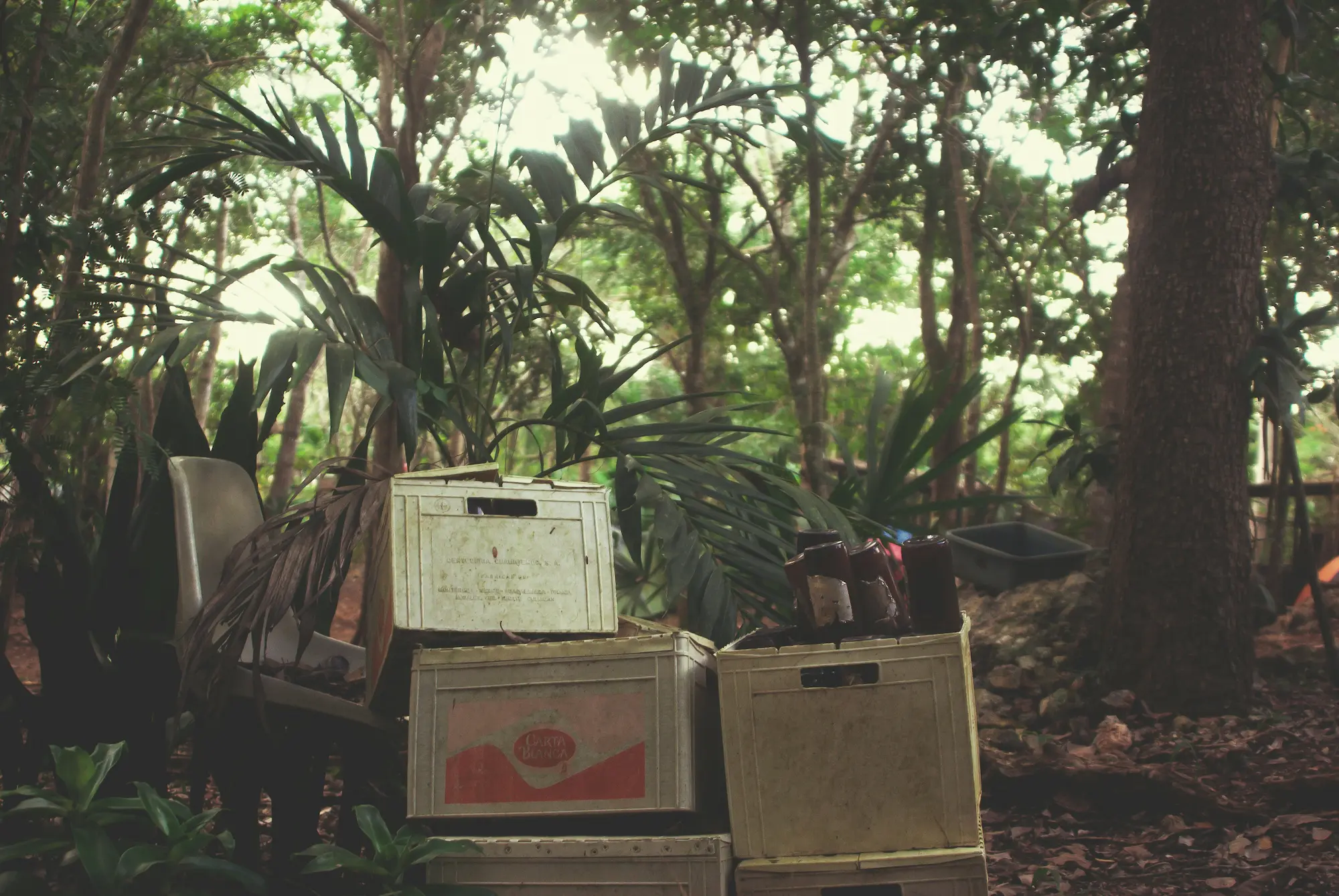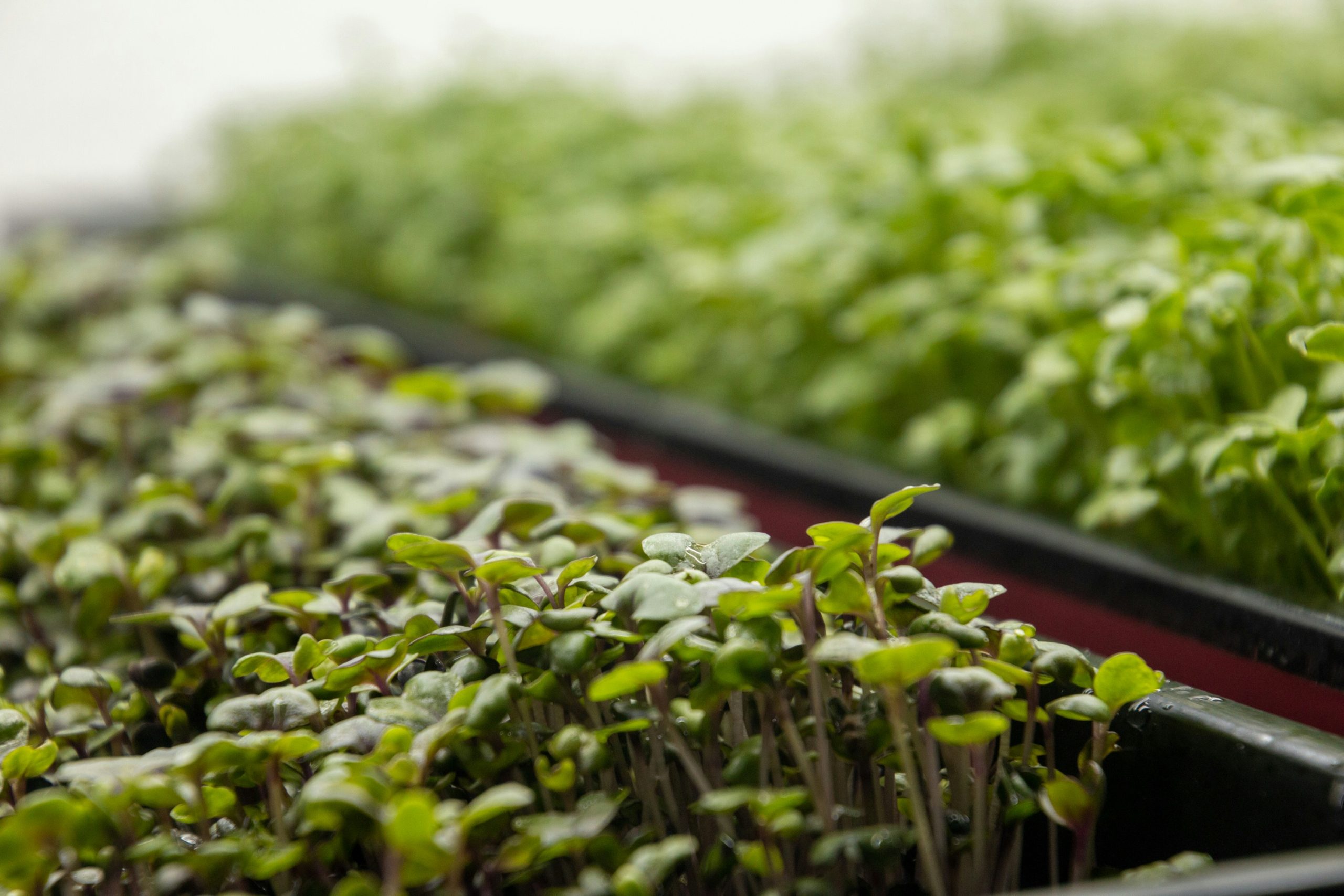Co-written by Circulab community experts: Franck Robert, Circular Economy Consultant and Trainer (Paris), Emilie François-Diehl, Co-Founder, Re-vert (Nantes), Florian Cezard, Director, Agatte (Montpellier), and Philippe Le Berre, Founder, TKT Consulting (Nantes). Originally published in French by Les Echos Solutions on April 14, 2025, in partnership with REUse Economy Expo.
Raw materials inflation, supply chain tensions, exploding waste management costs… Our territories are facing unprecedented challenges, threatening both their economic equilibrium and their ability to adapt. In the face of these crises, reuse too often appears as a simple ecological reflex, whereas it represents a much broader opportunity: that of building more robust local economies, capable of withstanding shocks and ensuring a sustainable future.
By restoring value to existing resources, pooling equipment and promoting short circuits, reuse creates activity, reduces dependence on imports and reduces the amount of waste to be processed. It’s a strategic lever for preserving and creating local jobs, optimizing community finances and reducing our environmental footprint.
Much more than a set of virtuous gestures, reuse embodies an economic and social alternative that strengthens the resilience of our territories, while creating value at every level.
Opening up access to under-exploited resources, as close to home as possible
Our territories abound in dormant or under-exploited resources: building materials, industrial equipment, textiles, furniture, electronic appliances… Various levers such as reuse or re-employment, intensification and mutualization of usage within territories to encourage short circuits, are all avenues that can encourage the development of all players, whether companies, local authorities or associations. Despite this, the situation is not encouraging: with the exception of the automotive sector, which has been integrating reuse into its business model for many years, generating sales of over 21 billion euros through reuse, the reuse economy does not yet have a significant impact. For example, only 1% of building materials are reused today (data for 2021), and only 2.2% of packaging (data for 2023).
And yet, solutions do exist to give a second life to our local resources, within the borders of our territories:
- The building industry is a sector on the move, with initiatives such as Cyneo and Articonnex, which are setting up a territorial network for the collection and reuse of materials.
- Agriculture also benefits from cooperative structures such as CUMAs, which facilitate the pooling of equipment.
- Some industrial start-ups, such as SoSpare and HexaShip, are tackling dormant stocks by proposing solutions for their recovery and reintegration into the circular economy.
- Local sharing platforms, recycling centers, short circuits and local repair and reconditioning players, such as Envie, Murfy and Underdog, are helping to reduce waste and dependence on raw materials in local areas.
However, other sectors are still in their infancy. The healthcare sector, for example, is just beginning to explore the possibilities of reuse. In the digital and tourism industries, there is still plenty of scope for optimizing resource management.
The will is there, but it comes up against obstacles such as overly rigid norms and standards, quality and design constraints, health and safety, administrative, legal and insurance obstacles, to name but the main ones. By removing existing barriers, while preserving consumer health and safety, and working together with manufacturers, players in the social economy, associations and local authorities, we can speed up the transition to a re-use economy.
Creating meaningful local jobs
Thinking about making things last, taking care of what we value, giving an object a second life, recycling material , buying products from reuse… beyond safeguarding resources and reducing waste, all these good practices help develop virtuous industries and therefore as many new jobs within our territories.
According to the French Ministry of Ecological Transition, the repair and recycling job market (for individuals and professionals) represented 455,000 jobs in 2017…of which repair and maintenance jobs account for the bulk (i.e. 352,000). When you consider, for example, that only 36% of French people repair their household appliances, while one out of every two appliances returned to the after-sales service requires no spare parts to get it back into working order (according to a prospective employment-skills study commissioned by the French Professional Federation of Recyclers), it’s not hard to imagine the job potential and the need for consumers to have local structures at their disposal.
Many sectors could draw inspiration from the bicycle market. Indeed, according to the Cycle Observatory 2024, “twice as many bicycles are currently repaired as new ones are sold”. Despite a tense economic context, “in the overall market, maintenance is the only sector that is growing”: +19% compared to 2022, and +116% compared to 2019.
To keep pace with this growing demand, between 2018 and 2021 the number of bicycle repair shops doubled (from 2150 in 2018 to 4300 in 2021). Of the 4,353 cycle repair shops in France, ADEME estimated that 25.25% were owned by distributors. The remainder are made up of independent repairers, including networks and collaborative workshops such as those federated by L’Heureux Cyclage, one of the most active players in the social economy.
It’s all a virtuous circle: the industry trains and qualifies people for occupations that are rich in meaning because they reinforce local cooperation and mutual aid, and thus help to bind local communities together.
Estimating the employment potential for each sector (construction, WEEE, cycles, etc.) is still difficult today, as it is highly dependent on consumer behavior, the increased durability and reparability of products, and the know-how developed by those involved in reuse and waste management.
What is certain is that the reuse and recycling market is rapidly becoming professionalized, whether among craftsmen or major contractors.
What’s more, reuse is an opportunity to relocate jobs, as it relies on activities rooted in local areas, requiring physical intervention and local know-how. These trades – whether furniture renovation, electronic appliance reconditioning, building materials recovery or textile repair – require specific, often artisanal, skills that bring additional value to our regions.
Reducing waste, lightening the carbon footprint and enabling a more robust economy on a regional scale
Our need for resources is growing, while our waste volumes are exploding. Far from the ideal of a recycling society, 93% of the materials consumed worldwide in 2023 are in fact “virgin” (directly from extraction) according to the Circular Gap Report, while household waste production could grow by 70% by 2050, mainly due to rich countries (World Bank, 2018), with dramatic environmental and social consequences, from the impacts linked to extraction to the impacts of waste treatment (or non-treatment).
Added to this are significant economic impacts (18.4 billion euros in 2020 were spent on waste management in France, according to SDES – the Ministry of the Environment’s statistics department) and geostrategic issues with growing risks and tensions over resource supplies, particularly metals and minerals. The recent war in Ukraine and political developments in the United States are reminders of this, and add to the disruption that climate change will bring.
However, reuse reduces environmental impacts (in construction, for example, reusing materials avoids between 50% and 96% of the carbon emissions of the equivalent new product, according to a Cycle-Up study), social impacts and economic costs, and improves resilience by reducing dependency in supply chains.
To achieve this, innovation will be key to organizing and energizing both the solutions and the networks of players involved in reuse.
The example of a Rennes Métropole experiment could serve as inspiration for other territories: the metropolis has set up a centralized logistics platform that sorts the objects collected in the reuse boxes at waste collection centers, before forwarding them to local recycling centers (Emmaüs, l’Equipière, la Belle Déchette…) and solidarity players (Les Restos du cœur, Utopia 56…) according to their needs. It acts as a facilitator and coordinator of collection for reuse with all the players involved.
Certain moments are also key to avoiding falling back into old patterns: following the example of the pioneering Smicval Market, rather than building new waste collection centers, 3 communities of communes in the Haut-Doubs region have opted for a reversed logic and are carrying out a project to create 2 centers dedicated to reuse and the circular economy (with a recycling center, a matériauthèque for building materials, a platform for shredding green waste and a play area dedicated to transition). This playful aspect, often overlooked, is also at the heart of the Banana Craft concept, an original competition for the creation of team sports using reused materials, to be tested in championships on a festive day.
Making reuse the norm for more resilient regions
In conclusion, reuse cannot simply be a marginal adjustment: it must be part of a more profound change in economic and industrial practices. To maximize its impact, it needs to be thought through upstream, with a robustness and eco-design approach, to facilitate the reuse of materials and products right from the manufacturing stage.
But for reuse to become a reflex in our territories, we also need collective mobilization. Territorial solidarity is essential: pooling resources, collaboration between economic players, raising public awareness and supporting businesses are all levers for making this a pillar of local development.
Finally, reuse will only be viable if it becomes an obvious and economically attractive choice. To achieve this, it must be less expensive, more accessible and more desirable than new goods, which means on the one hand fighting against low-quality “disposable” goods, and on the other, questioning our needs.
Ultimately, it should no longer be measured as an exception in economic indicators, but as a new standard redefining performance. This is an essential turning point if we are to make our territories more resilient and sustainable.



